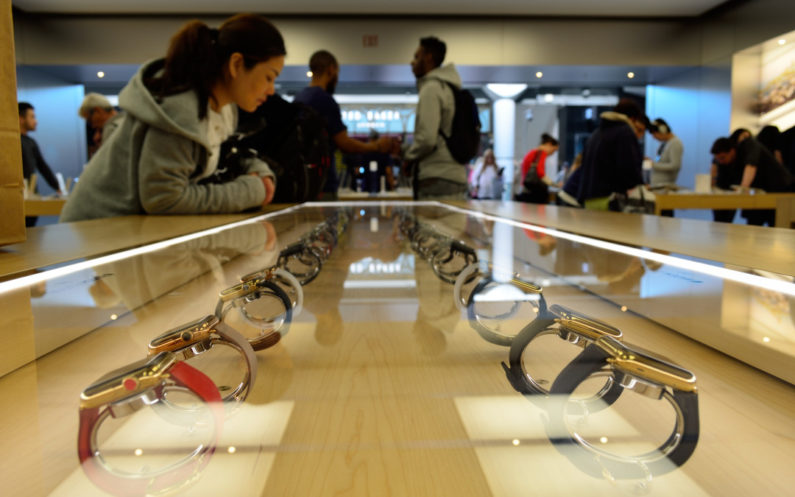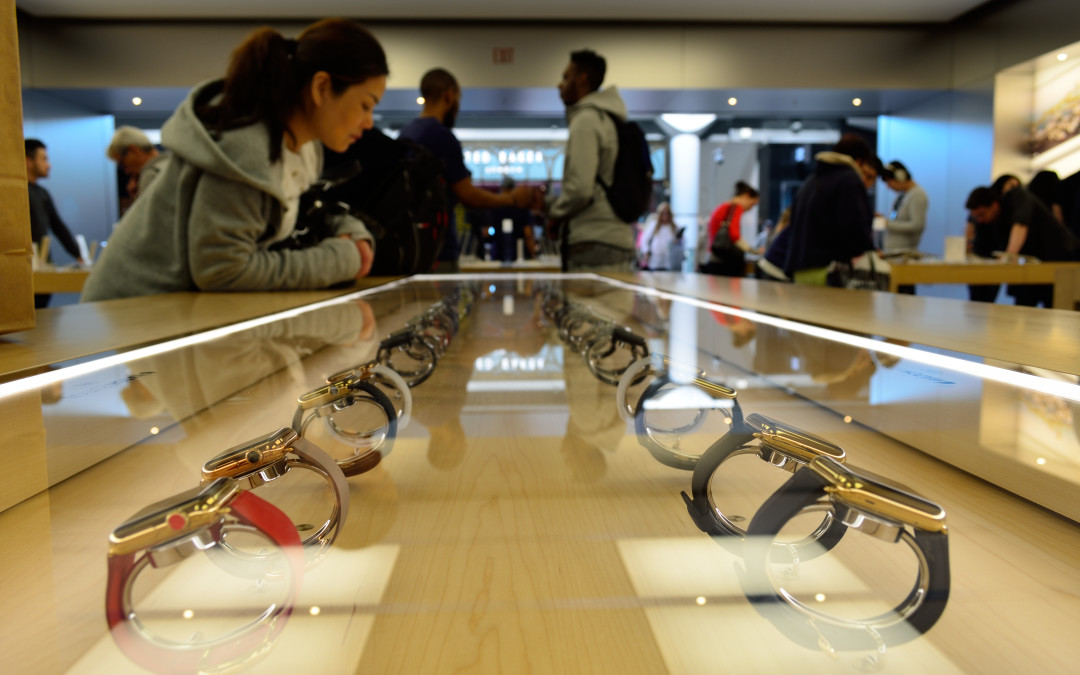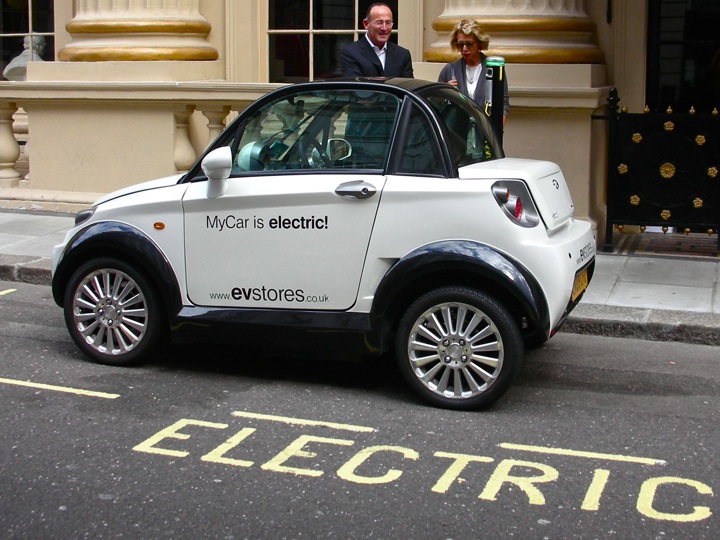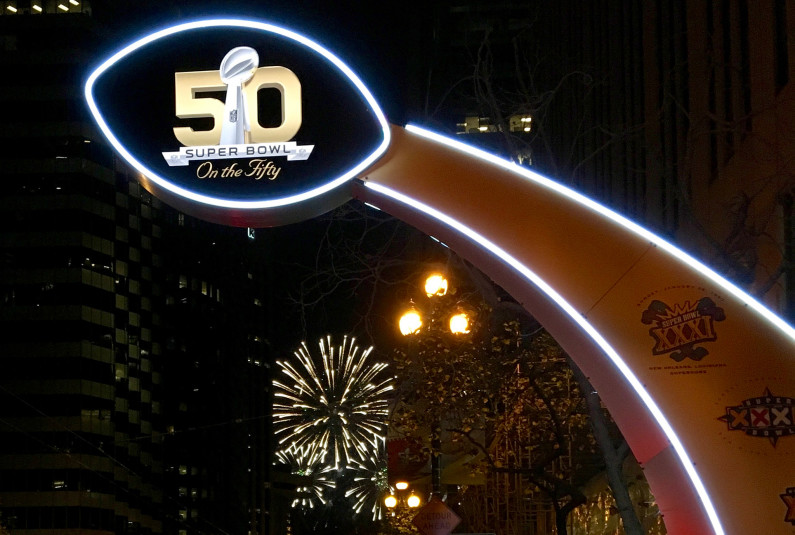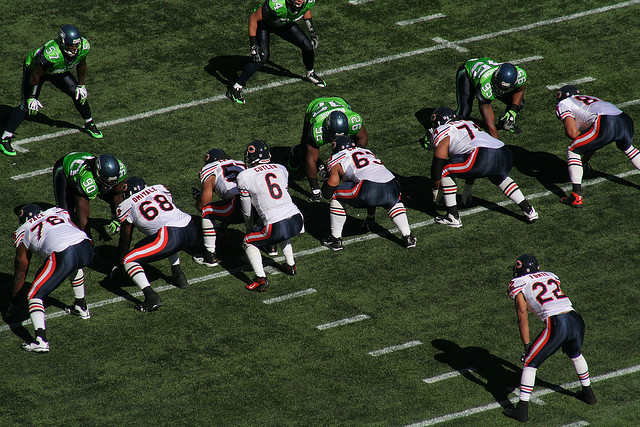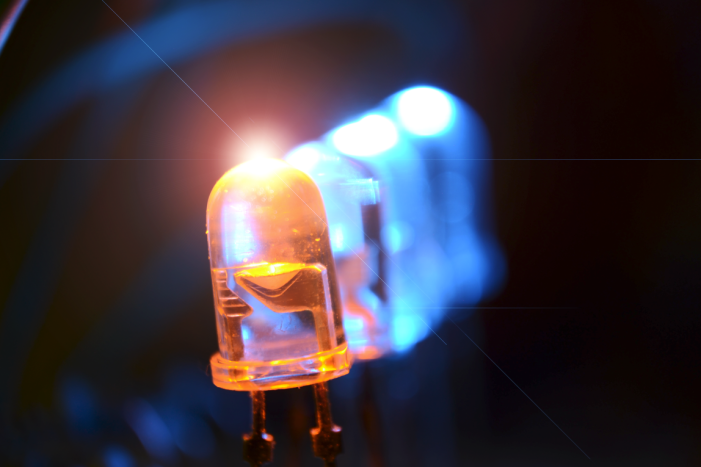Tom Brady, Bill Belichick, the New England Patriots organization, and Lady Gaga all set records on the night of February 5th, 2017, Super Bowl 51. Bill Belichick became the first coach to win 5 Super Bowls,Tom Brady, the first quarterback to win 5 super bowls, the Patriots, the first team in a Super Bowl to overcome a 25 point deficit. Likewise Intel and Lady Gaga combined forces to produce a performance that outshone previous half time shows. (more…)
With the rise of new healthcare and informatics devices, wearable electronics have seeped into the consumer space and have been quickly adopted by the medical, health, and fitness industries. Industry reports indicate that the market for wearable technology will reach $70 billion by 2025 — $20 billion was spent in wearable tech in 2015 and this is expected to jump to $70 billion by 2025 as the healthcare sector develops more programs and technologies that incorporate wearable tech.
From wristbands with heart rate monitors to calorie trackers and advanced pedometers, many consumers are jumping on the wearable tech bandwagon to keep track of their daily habits and play a more active role in their health. Human resources departments at many major companies and firms have started using wearable tech in the workplace, encouraging employees to take care of their health and wellness so they can be happier, more productive employees. But what types of implications will this have on employees of the future and HR departments at a whole?
Fitbit, one of the leaders in the wearable tech space, announced last year that it will be extending the reach of its corporate wellness programs by making sure its technologies are compliant with HIPAA laws to protect patient privacy. This move allowed the company to give 335,000 Target employees personal fitness trackers and the company already works with more than 50 Fortune 500 companies, according to a report from Fortune Magazine. This means the data Fitbit collects would only be used by certain entities. By extending the reach of their programs, more companies using Fitbit wearable technology would possibly be able to monitor their employees’ health and wellness and possibly have access to employee data.
Companies that have already adopted wearable tech into their company culture are keeping things fairly simple, encouraging employees to pay attention to their health and giving out tracking devices in an effort to support their mission of supporting a healthy workplace. For many companies, like Target, the initiative complements the company’s efforts to promote health and wellness in the workplace.
Of course, this type of access does raise some privacy concerns and questions about whether HR should have this type of information on record — and what they intend to do with it. If companies required all employees to comply and certain employees felt it was too invasive, would these employees have the option to opt out? How much power and authority does the company have when accessing the data they collect? Would they use this information to evaluate an employee’s health status?
These are important questions to consider when exploring the idea of having HR implement any type of wellness program that involves giving employees fitness or health trackers. Some companies have already disclosed that implementing such programs is linked to being able to negotiate lower rates on group insurance policies, according to Bloomberg.
Wearable technologies are here to stay and as more consumers become comfortable with the idea of tracking their daily activities and lifestyle choices, the opportunities for data collection are limitless. However, when HR requires employees to use this technology and share data, there may be some privacy concerns. As long as employees have the option to participate without any repercussions, many companies may be able to adopt wearable tech for the workplace as part of company health and wellness initiatives.
Whether for home solar panels or electric vehicles, it’s common for governments to offer consumers subsidies for buying and using sustainable products. Unfortunately, it’s an imperfect process: given the uncertainty of market demands, it’s difficult to project numbers that correlate accurately with sales.
Why settle for inaccurate, ineffective subsidies? Shouldn’t there be a better way to calculate them? The short answer is yes, and a new paper by MIT researchers sought to find out how. The paper shows that governments are likely to make subsidies too low due to market uncertainty, and ways in which it can be improved. Their intention was to design a better way to back clean technology.
The paper, co-authored by doctors and professors Georgia Perakis, Maxime C. Cohen, and Ruben Lobel, is called “The Impact of Demand Uncertainty on Consumer Subsidies for Green Technology Adoption.” It was published online by Management Science.
Governments typically provide subsidies based on overall adoption targets: the number of products they’d like to see adopted over a period of time, rather than a realistic projection. Since cleantech products are usually new, it’s hard to know whether the demand will be huge or non-existent without a crystal ball.
Higher subsidies?
To figure out better model for subsidies, the project examined existing products and their subsidy levels to determine whether the subsidy was effective. They concluded that in most cases, the subsidy should have been as much as five times higher to kickstart sales.
Higher subsidies, the authors say, is critical for cleantech product launches because it helps sell products faster and at a higher volume. These increased subsidies should pay for themselves, they say, because of the estimated savings in the larger context by preventing environmental damage and the costs associated.
The paper found that higher subsidies would drive the adoption of green technologies in their early stages, spurring their growth. As sales grow, the subsidy level could be adjusted accordingly.
The research has been called “important and timely” by experts, but not all are on the side of subsidies for innovation. Subsidies, the contrarians say, can put undue strain on government finances and are unable to respond to market changes, which can lose investors money. Still, I remain optimistic about overall adoption of new clean technologies: if there is value in subsidies for the earth and for consumers, and accuracy is prioritized, it’s a win-win scenario.
Featured image: Tony Hall via Flickr
When the largest game of the year is hosted in California’s Bay Area, you can expect the NFL to get a little help from the locals: Silicon Valley tech giants. This year’s game, as the 50th Super Bowl, was an important anniversary worthy of showcasing the latest specs in technology. From the stadium, to the halftime performance, to the athletic gear, #SuperBowl50 did not hold back.
As it happened, the game itself wasn’t much to brag about. The Denver Broncos beat the Carolina Panthers 24 to 10 in a monotonous display of good defense, which though a feat for Peyton Manning did not make for exciting viewership. Luckily, there’s so much more to the Super Bowl these days than touchdowns and field goals. What lacks in the match can be made up for by the digital fan experience, both onscreen and behind the scenes. This year, boundaries were broken in both the delivery and the message of technology at its finest.
The support
The spectrum of Super Bowl 50’s technology didn’t begin and end on February 7th in San Francisco. Rather, it was many months in the making, with preparation taking up a huge portion of technological real estate, so to speak.
The Super Bowl Host Committee is largely responsible for ensuring these preparations come together smoothly in the weeks leading up to the game. This year, the committee’s CEO Keith Bruce emphasized that first and foremost, Super Bowl 50 would be all the about the tech.
“Our goal was to be the most technologically advanced Super Bowl ever,” Bruce said. “We’re at the center of the digital economy of the world, home to a lot of the stalwarts of tech, and we thought we should embrace that.”
Software and tech companies needed very little urging to get on board with this mission. Transportation came via Google’s commuter fleet and Uber on-demand, while laptops, phones and other equipment were provided by Apple. Google also helped develop the Road to 50 app, a virtual guidebook to the event, which fans could use to order food to their seats enjoy other perks.
With the help of Verizon and other providers, Levi’s stadium fully equipped with 400 miles of fiber optic cable, 1,200 wifi access points and 1,700 BlueTooth beacons to keep fans connected at all times. All in all, the committee raised $50 million from corporate sponsors to hold Super Bowl 50 to the highest of standards, worthy the sport’s 50 year mark and the region’s technology prowess.
The specs
Beyond sponsorships, the fun continues from all angles. Super Bowl 50 featured camera technology was at its finest: the EyeVision 360 displayed a 360 view of the stadium streamed from 36 cameras around the venue, while the debut of the Pylon Cam placed 16 cameras in end zones to film goal line sand sidelines, aiding officials in making tough calls. Athletic gear has advanced over the years as well — this year, players donned state of the art gear with RFID tracking in their shoulder pads.
Behind the scenes, there’s also advanced cyber security to take into account. Following terror attacks in Paris and San Bernardino, the biggest American sporting event of the year took no chances with security — luckily, and they had the technology available to make it an utmost priority. Though FBI declined to reveal their measures in full detail, we do know that disarming robots, helicopters, military jets were on standby.
Perhaps the greatest security measure, though, was surveillance. With over 600 cameras and an advanced scanning system that aggregated threats from the ground, sky, and social media, streams of real-time data were analyzed by agents at a Joint Operations center at an undisclosed location.
The social
Social networking continues to be an enormous boon for brands and fans alike. The “second screen” experience, which allows live tweets and commentary from anyone with a device, proved successful once more: it’s is the ultimate augmentation of the Super Bowl, maximizing engagement in and out of the stadium.
Since the game wasn’t stirring up huge excitement in and of itself, we can thank our lucky stars for the halftime performance, which generated significant buzz online. Halftime shows often feature high-tech spectacles: for example, the mechanical cat ridden by Katy Perry last year, which was somehow overshadowed by the antics of Left Shark.
This year, Coldplay lead a technicolor display complete with interactive light-up LED wristbands, video walls, lasers and light-up inflatable balls. But as if proving technology for technology’s sake is bound to fall flat, it was Beyonce that stole the show with the performance of her brand-new song “Formation.” Together, Beyonce, Chris Martin and Bruno Mars evoked themes ranging from LGBT pride to African American empowerment, making the show as politically charged as it was electronically.
All in all, fans of the Broncos, Beyonce, and technology should be pleased with Super Bowl 50. And for those still unsatisfied, there are only seven more months until football season starts up again, with the power of a million screens and screams close behind.
Featured image: duluoz cats via Flickr
The Windy City might be earning itself a new title soon enough as the epicenter of sports tech in America.
A recent Crain’s profile delves into how Chicago emerged as the sports tech capital as the field rises in notoriety and profitability. While the profile mentions how this came to be “almost by accident,” a large portion of the credit should go to the ingenuity and adaptability of three specific companies. Collectively, three Chicago-based tech ventures–Sportvision, Stats and Zebra Technology–hold motion-tracking agreements with the NFL, NBA, MLB, NHL and Nascar. By responding to the athletes’ demands for deeper analytics, the company’s were able to provide keen insight for the players and staff. In turn, these companies rose to prominence as the market continues to saturate.
For Stats, its SportVU system began tracking moves of NBA players and the ball in 2010. Today, the company estimates $100 million in revenue for this year. Sportvision expects similar results. Their first example of sport tech prominence came with it’s famed yellow line that now appears on every televised NFL game. For Zebra, it rose to prominence in 2013 by repurposing its technology to track the amount of ground NFL players cover during each game.
The city is known for its rabid sports culture, a trait not lost on leaders within the emerging sector. However, not all is coming up rosy for the Chicago sports tech industry. With a 26 percent increase over the last five years, the field now boasts 3,000 market research analysts in varying roles. With that increase comes additional companies to compete against.
Recently, Sportvision lost its contract with the MLB to a Swedish analytics rival to track player movement. Similarly, Stats could not retain its title as the NFL’s official stat tracker. While this may dent Chicago’s claim to the sports tech title, it does indicate a depth of competition within the field. It should be exciting to see if Chicago, or any city, can retain the distinction in the coming years as more sports warm to technological advancements.
LED lights are nothing new, but they are constantly innovating. Originally invented in 1927 and entering the commercial market in 1968, Light-emitting diodes have evolved to serve various purposes and buying sectors. What started as indicators for electronics and other ancillary support components is now a thriving commercial option. The commercial push saw massive gains in recent years as efficiency of the lights increased, while the eventual price tumble slowly reveals itself to the market.
It’s amazing to think that in just over a century after its initial discovery in 1907 that LEDs are set to challenge the conventional method of lighting across the world. But that is just the beginning to the potential of LED lighting. If you Google ‘LED Lights’ on any given day, you are likely to find at least one or two articles covering a new breakthrough, innovation or theory regarding how life can improve thanks to LED.
Now, with all ranges of colors and types that include organic light-emitting diodes (OLEDs) and quantum dot LEDs, it remains to be seen where the ceiling for its innovation can go. While there are justifiable concerns about LED that includes heavy doses of “blue-rich” white light and other performance disadvantages, other areas are coming forward with ideas that could enhance life and nature.
In the healthcare field, two LED uses could bring improved comfort to patients and potentially ending a crippling disease in many African nations. Starting in 2013, Berlin’s Charité Clinic began using LED lights in its intensive care unit to create lighting effects on patients’ ceilings. The concept, in part with Phillips, aims to stimulate patients in the unit and reduce stress levels. Doctors reported positive results during its initial launch. Meanwhile, early hopes are that new LED lights could prove useful in the fight against malaria. The belief is that arthropods were much less attracted to customized LED lights than compact fluorescents. Now the hope is that the next round of studying will place the LEDs on the same level as no lighting, which proved least desirable to the species overall.
When it comes to improving the environment, LEDs serve as integral components to the growth of vertical farming. As an increasing number of cities and urban areas embrace the hydroponic growth movement, the need for the lights increases that much more. According to Gizmodo, LED lights help vertical farms harvest crops over 25 times a year with 85 percent less energy. The benefits of vertical farming include increased farming space and crop production. Since LEDs have quite a few varieties, they serve as ideal candidates to serve the varying needs of different plant types.
LEDs contributions extend into communities well beyond farming. The lights have helped brighten cities across the country as multiple other cities close in on joining the ranks. Neighborhoods have clamored for the bulbs to replace traditional street lighting due to LEDs ability to provide brighter and more focused glows. Not only do the bulbs provide increased safety for drivers and pedestrians, it also saves the environment and city’s finances. Once the project is completed in St. Paul, city officials estimate that the new lights will save the city $30,000 per year.
LED innovation shows little signs of stopping. With its price point falling, more customers and businesses should be investing in making the switch. It remains to be seen where LED lighting will end up in these sectors, but to take the old adage, “the future looks bright.”


